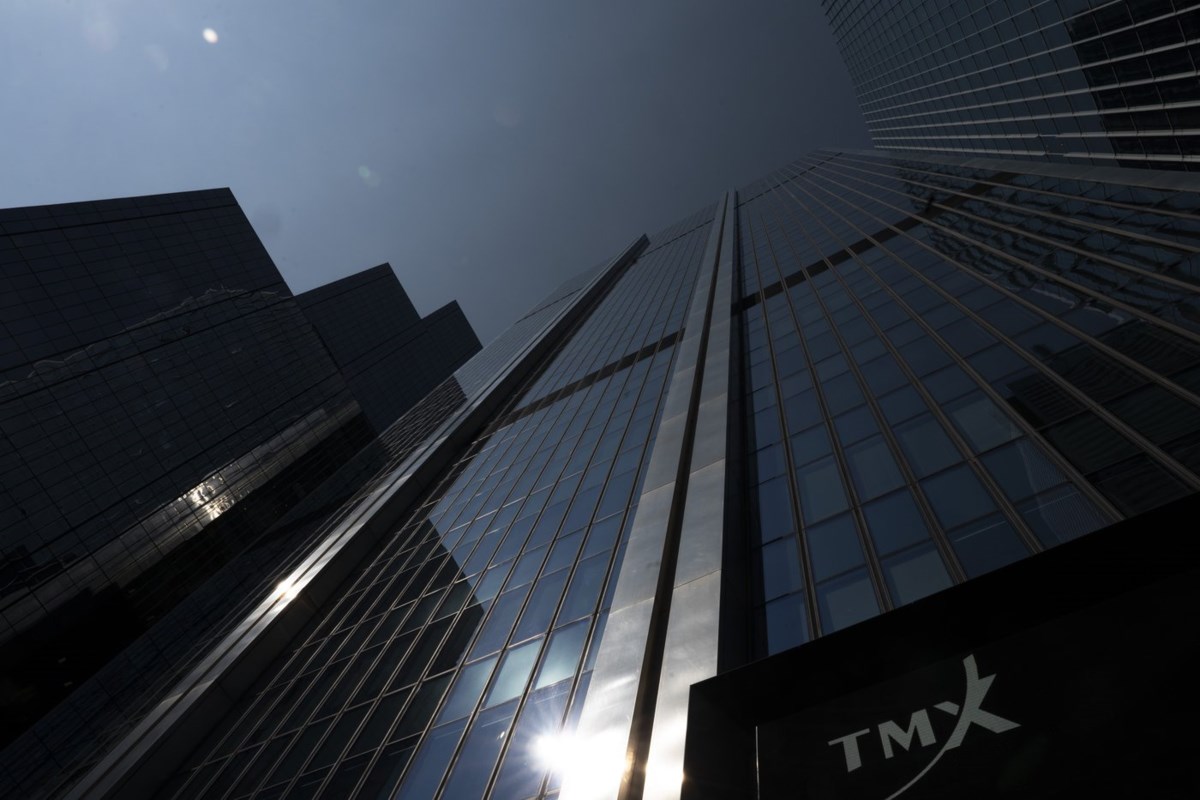Market Movements: Canada vs. U.S. on Earnings Day
On Wednesday, the financial landscape reflected contrasting trajectories for Canadian and U.S. markets. Canada’s S&P/TSX composite index ticked upwards, managing to gain 14.45 points, closing at an impressive 26,283.45. Meanwhile, U.S. markets exhibited a bearish trend, with the Dow Jones industrial average falling by 244.95 points to settle at 42,098.70. The S&P 500 index also saw a decline, dropping 32.99 points to reach 5,888.55, while the tech-heavy Nasdaq composite recorded a decrease of 98.23 points, landing at 19,100.94.
The Anticipation Surrounding Nvidia
A focal point for investors was Nvidia, a major player in the technology sector, especially known for its graphics chips utilized in artificial intelligence and gaming. The market was abuzz with anticipation ahead of Nvidia’s earnings report, as the company’s vast influence can sway entire stock indexes.
Jules Boudreau, a senior economist at Mackenzie Investments in Montreal, noted, “We saw a lot of propositioning for those earnings, which have been driving the market up since 2022.” This sentiment reflects the market’s reliance on Nvidia’s performance as a bellwether for the tech industry overall.
Nvidia’s Earnings Report: A Mixed Bag
After trading hours, Nvidia reported robust first-quarter earnings of US$18.77 billion, equating to 76 cents per share. However, the company faced a significant US$4.5 billion charge due to U.S. government restrictions on its chip sales to China. If not for this charge, Nvidia would have reported earnings of 96 cents per share, exceeding the consensus of 73 cents among analysts. Following the announcement, Nvidia’s shares surged nearly four percent in after-hours trading, demonstrating the company’s resilience.
Before the release, Boudreau shared a critical view of the expectations surrounding Nvidia, stating, “Anyone who predicted that these earnings would disappoint has themselves been disappointed.” This suggests a prevailing optimism that the company would outpace analyst expectations.
Economic Outlook: Canadian GDP Numbers on the Horizon
Eyes are also set on the upcoming release of Canada’s first-quarter gross domestic product (GDP) numbers, scheduled for Friday. Current expectations suggest a growth rate of approximately 1.7 percent, though Boudreau’s firm expresses a slightly more conservative outlook, projecting 1.5 percent growth. The Bank of Canada previously forecasted a more optimistic 1.8 percent growth rate.
Boudreau noted, “We think that tariffs had time to bite enough,” indicating that trade policies and tariffs have begun impacting economic performance. Despite the expectations of slower growth, he reassured investors that Canada’s economy remains “very far from a recession."
Trump and Market Sentiment: The TACO Trade
In the backdrop of the fluctuating markets, U.S. President Donald Trump’s tariff threats have been a source of apprehension for investors. However, Boudreau observed a slight easing of jitters surrounding these issues. He humorously referenced a strategy some Wall Street players adopt, calling it the “TACO trade”—Trump Always Chickens Out. This tactic suggests that investors take the opposite stance to Trump’s statements, assuming he may eventually backtrack on aggressive policies.
While this strategy has offered some navigational aid during turbulent months, Boudreau cautioned that it’s a precarious approach that may not remain viable indefinitely.
Currency and Commodity Reactions
The Canadian dollar concluded the trading day at 72.33 cents U.S., down from 72.60 cents U.S. the previous day. In the commodities market, crude oil saw slight gains, with the July contract rising by 95 cents to US$61.84 per barrel. However, the July natural gas contract dipped 19 cents to US$3.56 per mmBTU. Gold also experienced a decrease, with the August contract falling by US$5.90 to US$3,322.40 an ounce, while July copper dropped approximately 6.6 cents to US$4.67 per pound.
This lively interaction among various sectors—stocks, currencies, and commodities—highlights the complex and intertwined nature of the global financial market, as investors continue to navigate a landscape of uncertainty and anticipation.


